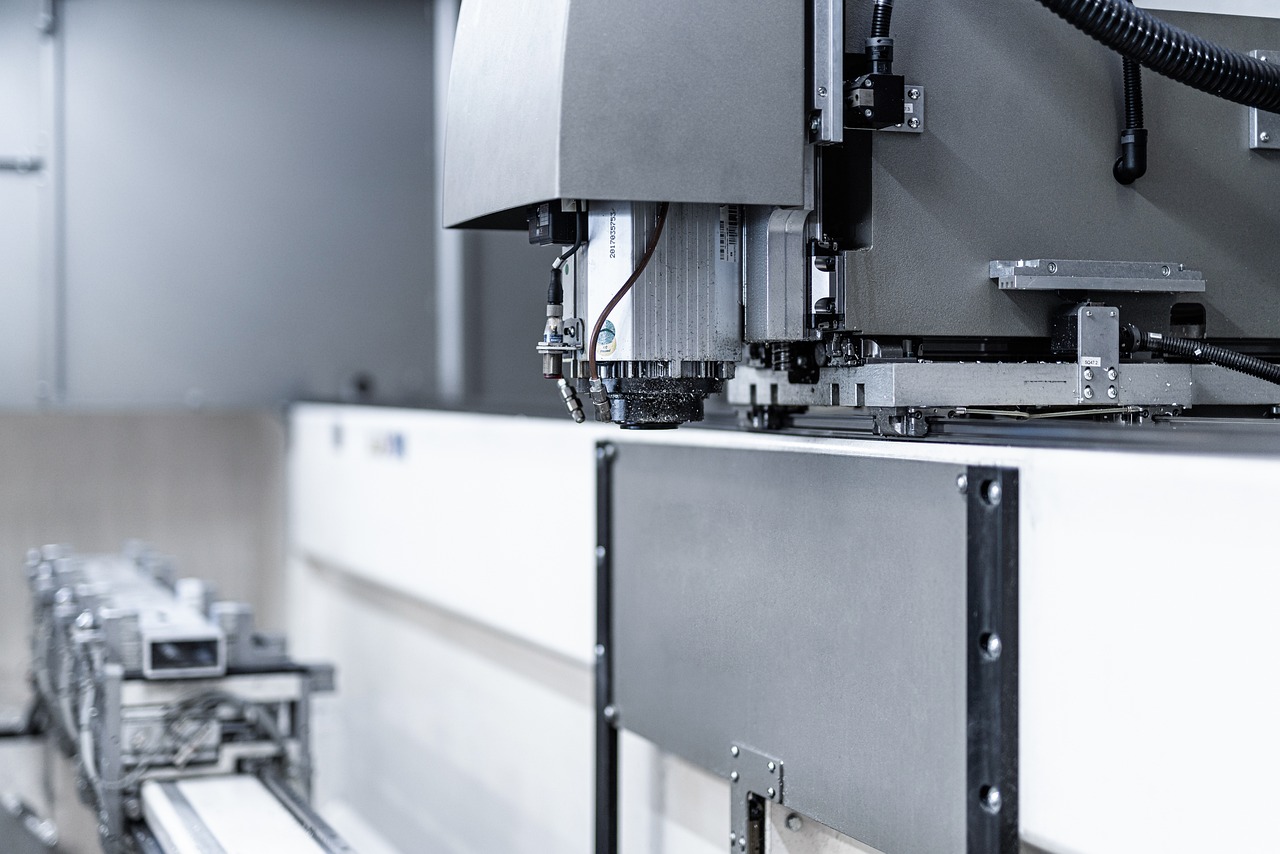CNC machines have proven themselves indispensable across a range of industries. Be it plastic or metal prototype production, these machines can handle it.
Design creation begins with digital drafts created in CAD software that represent your desired result. Once this step is completed, a machinist uploads the design to their machine so its cutting tool can follow its coded paths and begin cutting away at it.
Cost
A CNC router and mill have similar functions, with their differences becoming increasingly apparent over time. Both use motors to move their spindles; then computer programs use that information to design intricate cuts on detailed material cuts. Motor systems such as lead screws are less costly but don’t provide as accurate accuracy when cutting vertical materials while ball screws cost more but offer improved accuracy.
Not only are the costs associated with using a CNC router the machine itself, but there are additional expenses related to its use such as materials costs, complexity and design time, tool wear, electricity consumption and proper maintenance which is key in keeping costs at a minimum: this may include cleaning the machine regularly to keep it properly grounded as well as installing an efficient dust extraction system.
Before investing in a CNC router, it’s essential to carefully consider all associated costs. Machine costs alone could range anywhere between $5,000 and $150,000, depending on manufacturer and features; you should also factor in software and training expenses – premium software solutions can be quite pricey while receiving proper training ensures seamless, error-free operations.
Accuracy
Both CNC routers and mills can cut materials to precise dimensions, with accuracy dependent on your chosen work task. Selecting the appropriate machine for you to ensure high-quality results at minimal time cost.
CNC machinery uses computer programs to control the movement of tools that shape materials into desired designs. This type of subtractive manufacturing enables machinists to cut complex shapes out of hard materials like aluminum, wood and plastic using this form of subtractive manufacturing; additionally, they perform operations to embed one material within another using embedding operations – processes typically utilized for components and parts used within aerospace, automotive, medical or boat-making industries that require precise specifications.
Stepper motors tend to be less costly and work best with lower speeds whereas servos excel in high speed applications. Both types of motors offer their own set of benefits and drawbacks – each being essential components in creating the performance and functionality of a CNC machine.
CNC mills boast greater accuracy than CNC routers, making them the superior choice for applications requiring highly precise specifications. This is particularly pertinent to life-saving equipment parts where micrometer differences in part sizes could prove decisive.
Speed
One of the great advantages of CNC routers is their speed. Working nonstop, they allow businesses to produce more products faster while cutting more accurately than hand tools could ever manage. Plus, these versatile machines can cut through materials like wood, plastic, metals and foams with great accuracy and precision – making it simple for businesses to adapt designs.
Maximizing the speed of a CNC router takes careful tuning. A CNC router must be programmed to run at an ideal feed and cutter speed for the material it is cutting if you want optimal results; otherwise, you risk damaging tools or creating poor surface finishes. To make sure that your CNC router is operating at an appropriate rate, begin with chip load calculations and conduct several test cuts first.
Routers have numerous applications across industries, such as furniture and woodworking, 3D signage, musical instrument parts (like guitar bodies and drum shells), prototyping for aerospace and automotive components and prototyping educational institutions with manufacturing techniques and experiments conducted using them. Furthermore, routers can be utilized as valuable tools in creating molds or architectural models and being versatile enough to cut through materials such as polymer foam, plexiglass and aluminum – making this machine the ultimate investment for making molds or architectural models!
Versatility
Furthermore, they are equipped with threading capabilities – an important feature in aerospace industries where parts must fit together precisely – making this machine invaluable.
CNC routers’ versatility comes from their ability to use various materials and tools. CNC routers can cut through wood, plastic and metal materials – making them the go-to machine for sign makers, furniture manufacturers and aerospace professionals.
CNC routers offer both versatility and accuracy compared to traditional woodworking tools, ensuring your product will be as precise as possible. In addition, using efficient tool paths, they can significantly shorten project completion times.
CNC routers stand out from other tools with their ability to perform precision fastening, achieved by synchronizing their spindle rotation with linear movement of workpiece. This creates components that fit tightly and securely, improving overall quality of finished products.
Similar to CNC routers, CNC mills use computer-controlled technology to precisely move cutting tools across raw material on multiple axes. This process uses CAD/CAM software which converts CAD drawings/designs into G-Code for interpretation by the CNC machine and results in creation of the part desired by its owner.
